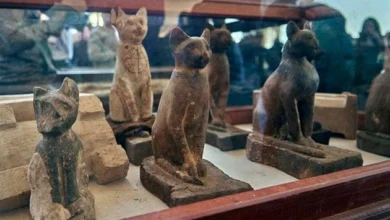The most historic cities in decay
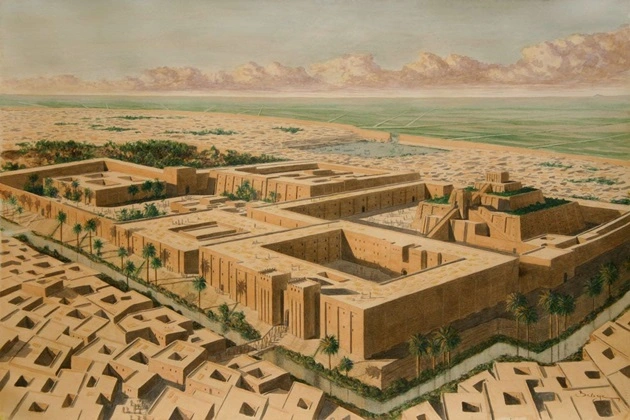
Africa, the Middle East, and Asia used to be home to the world’s most influential cities. Over time, the Americas and Europe became the new epicenters of human civilization. Today, ruins cover the majority of the world’s oldest cities.
Eons ago, they started to crumble. Some were entirely demolished and largely forgotten, while others are still there but aren’t as significant anymore. As we gaze upon the magnificent artifacts, let our minds wander to the splendor of these once-great political, religious, and economic hubs.
5 most historic cities in decay
1. Alexandria

Alexandria is named after Alexander the Great, who founded the new capital of Egypt in 331 BC. By that time, the greatness of Ancient Egypt had long been forgotten, and its territory was constantly coming under someone’s influence. Alexander will not be able to enjoy life in the city of the same name. Still, under the rule of the Ptolemaic dynasty, Alexandria experienced a short period of dawn.
At its peak, in the II–I centuries BC, Alexandria became the largest city in the world. Behind the walls of this city, Pompey will seek shelter from the wrath of Julius Caesar. Cleopatra, who is afraid of the Roman invasion, will commit suicide here.
During the civil war caused by Cleopatra’s death, most of old Alexandria was burned down. In the following centuries, the city will be repeatedly looted, rebuilt, and abandoned again. Once upon a time, a Pharos Lighthouse was on its coast — one of the seven wonders of the Ancient World.
For a long time, its existence was disputed, but in 1994, French archaeologists discovered fragments of the lighthouse at the bottom of the Alexandria Harbor. The city still exists today; its population is almost 5 million, but Cairo remains the capital.
2. Babylon
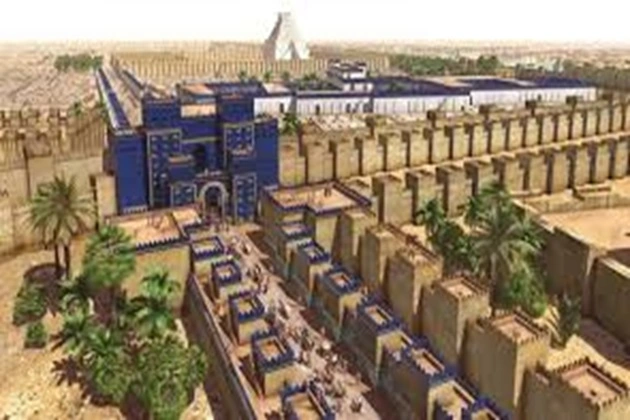
Perhaps Babylon remains one of the most famous ancient cities in history. Located on the banks of the Euphrates River in modern-day Iraq, it was founded around 2,300 BC. Gradually, the borders expanded, many neighboring settlements submitted to Babylon, and Babylonia emerged — a vast and unified cultural area.
In 1750 BC, under the reign of King Hammurabi, the first ever written code of laws was issued. However, after the great king’s death, Babylonia’s collapse began. Over the next few centuries, dozens of rulers stole away the rich heritage, and the city of Babylon gradually declined, and it seemed that its former greatness could not be returned.
However, in the VI century BC, Nebuchadnezzar II appeared and restored the lost status. Babylon has once again become one of the world’s political and economic power centers. Three rings of 15-meter walls surrounded the city.
The Hanging Gardens of Semiramis appeared here — one of the Seven Wonders of the ancient world. Because of Nebuchadnezzar II’s numerous military campaigns, Babylon is described in the Bible as a city of sin and evil. The king is called a stubborn tyrant, whom God deprived of reason. Other ancient texts paint an opposite picture. Babylon became a cultural and intellectual center under Nebuchadnezzar II. The tsar had progressive views, and women enjoyed equal rights with men.
The city tolerated people with different religious views and welcomed representatives of other cultures. After the death of Nebuchadnezzar II, history repeated itself; the city fell into decline again, was captured by the Persians, and gradually ceased to exist.
3. Carthage
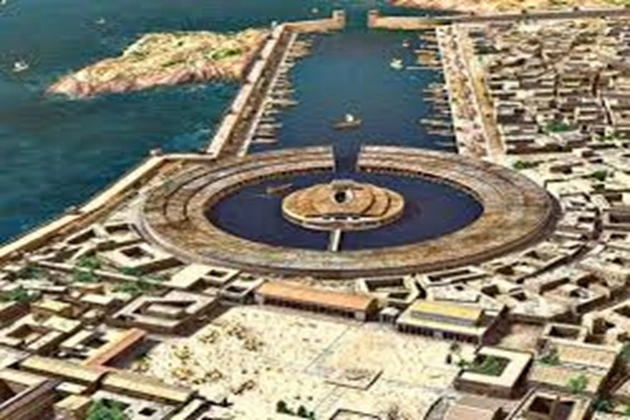
Carthage was believed to have been founded by the Phoenician queen Dido in 814 BC. For the next 600 years, it would be the Mediterranean’s most powerful and richest city. Alexander the Great indirectly contributed to this in many ways, destroying another cultural and financial center of the region—the city of Tyre. Numerous refugees sought refuge in Carthage, where they brought with them wealth, knowledge, and influence.
However, the basis of prosperity lay in geography; it was the most important and one of the largest ports of that time. The problem and mortal enemy of Carthage was on the other side of the Mediterranean Sea. The Roman Republic was gaining power there, which would unleash the Punic Wars. In 241 BC, Carthage lost control of Sicily, Rome’s first and most important victory.
Then, there will be Hannibal’s campaign through the Alps, a series of battles, and again the defeat of Carthage. He was now forbidden to have a regular army and to trade in most of the Mediterranean. The noose tightened, the Third Punic War began, and the city fell after three years of bloody battles. The Romans burned Carthage to the ground and sprinkled salt on the ground so that even plants could no longer live there.
Later, under Julius Caesar, attempts were made to revive Carthage, and for a while, it existed again as an important port but was plundered by vandals in 439. In the sixth century, the city came under the rule of the Byzantine Empire until it was finally destroyed in 698. Today, the ruins of the old city are located on the coast of Tunisia, next to the new Carthage, which is not related to the ancient city; completely different people built it.
4. Eridu
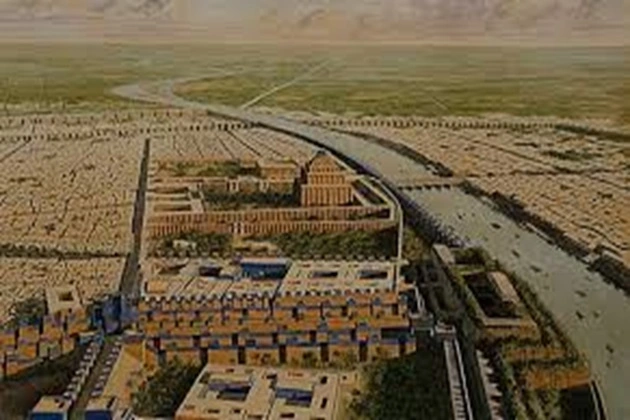
Perhaps this is the oldest city in the world that we have managed to find at the moment. The Sumerian scriptures explicitly state that Eridu is the first city in the world. Archaeological research says that it originated in 5,400 BC.
The city was so rich and culturally developed that it attracted the goddess Innana herself. She came down to earth and asked to share the gifts of civilization to take them to other people.
Eridu became the home of the God of wisdom, Enki. He told a kind man named Utnapishtim about the inevitable flood, helped build a huge boat, and collected all the animals in one pair and all the seeds from local plants.
This is the earliest story about the flood, dating back to 2,300 BC. The dynasties of the kings of Sumer and Akkad began in Eridu, which means that human civilization itself began at least according to the modern ideas of the scientific community. The exact causes of the decline have not yet been established; it happened too long ago. However, in the VII century BC, the city was finally destroyed. At that time, he was more than four thousand years old.
5. Ur

Now, let’s move on to something ancient. Try to imagine that by the time Babylon appeared, Ur was moving towards its decline, having a history of existence of two or three thousand years.
The first small settlement here arose more than 7 thousand years ago—by 3,800 BC, Ur was already a city. Located at the Tigris and Euphrates confluence, Ur became a natural trading center from which goods were distributed throughout Mesopotamia.
Archaeological excavations confirm that the inhabitants of Ur were in much more comfortable conditions than the average person of that era. Shulgi, the king of Ur from 2029 to 1982 BC, attempted to create urban communities dedicated to cultural progress and the perfection of art.
This can be called a prototype of the educational system. The Great Ziggurat and a grandiose 250-kilometer-long wall were constructed during his reign. The wall marked the border of the Sumerian kingdom, although it could not resist the invaders.
In 1750 BC, Elam’s army bypassed the wall, plundered Ur, and captured the local nobility. Around the same time, a severe drought occurred, and regional climate changes began. Once, the city stood right on the shores of the Persian Gulf, but now there are more than 200 kilometers of desert between it and the sea. People gradually left the once great Ur, and by 450 BC, it was completely deserted.



